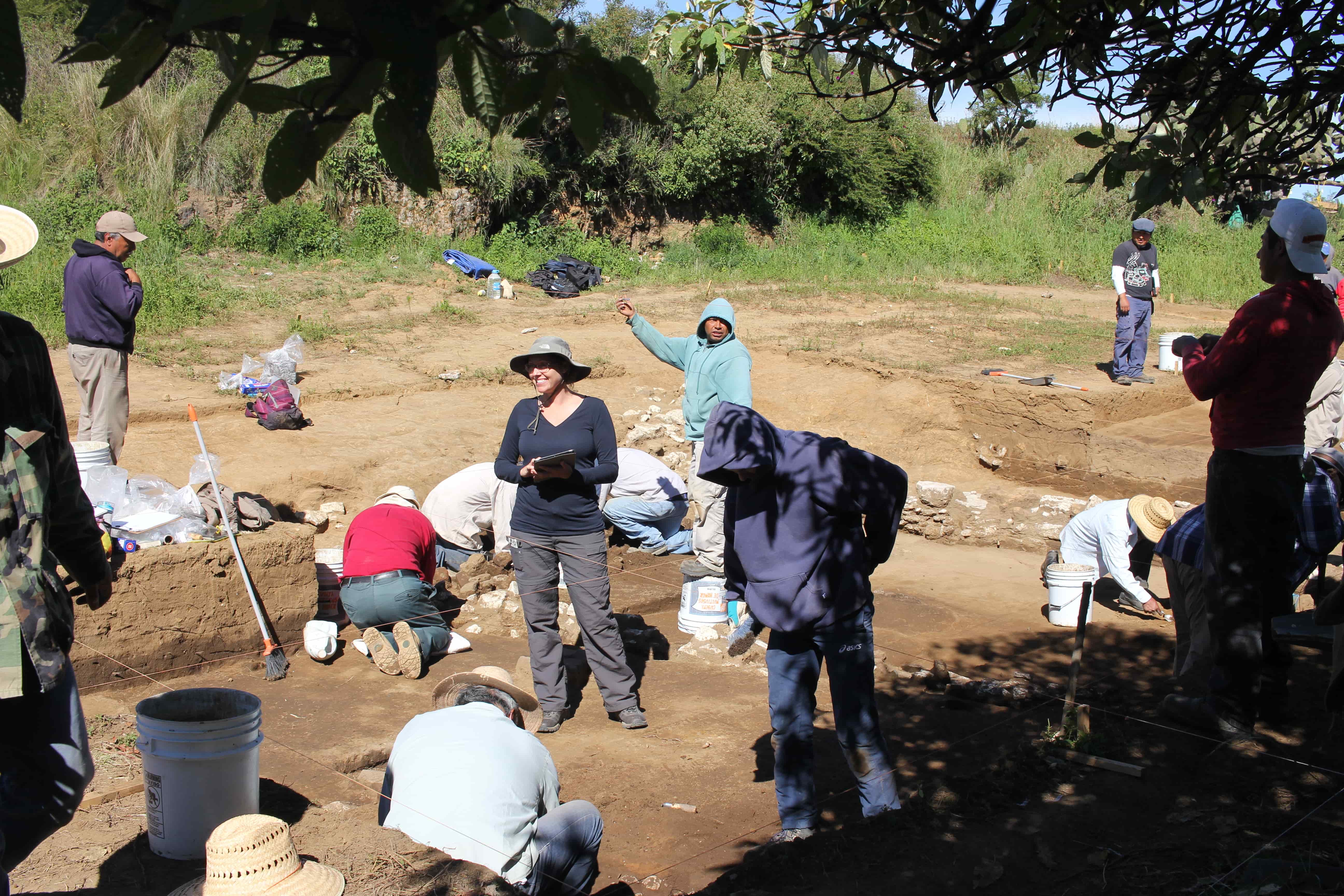For centuries, women have fought to have their scientific contributions recognized, and the challenge to secure tenure-track positions in academia is no different. Despite women representing two-thirds of all Canadian doctorates in archaeology today, they only comprise one-third of the country’s tenured faculty.
Lisa Overholtzer, an assistant professor of archaeology in McGill’s Department of Anthropology, and Catherine Jalbert, a member of the advisory board of the Canadian Archaeological Association, conducted a study that examined gender disparities in academia, probing four main areas: Doctorates earned, research awards received, tenure-stream faculty, and the placement of PhDs.
Using data from Statistics Canada, Overholtzer and Jalbert analyzed PhD recipients by gender over the past 15 years. They found that women received 58 per cent of archaeology doctorates during the 15-year period, and that two-thirds of all archaeology PhD recipients in the last five years were women. The current representation in faculties, however, does not reflect these statistics, with women composing only 33 per cent of archaeology faculty members across Canada.
Overholtzer and Jalbert found that some women leave academic positions due to its “chilly climate,” a term that refers to the subtle practices that stereotype, exclude, and devalue women in the workplace. These actions include gender stereotyping, dismissing women-led research accomplishments, perpetuating sexual harassment, and ignoring the disproportionate care responsibilities of women.
According to the study, obstacles facing women in the field became more prominent when the representation of women reached a level considered threatening by men—somewhere between 20 and 35 per cent. Such obstacles pushed women out of the discipline, a trend the study termed the “leaky pipeline.”
“The biggest leak in the ‘pipeline’ happens precisely at the moment we are close to breaking the glass ceiling—that is, entering as assistant professor,” Overholtzer said in an interview with The McGill Tribune. “The point that we saw most women leaving was right after getting a PhD and before getting a tenure-track job.”
The study shows that women’s lower success rates in grant competitions, tenure-track job searches, and tenure-track hiring in archaeology all contribute to poor retention of women in the proverbial pipeline of archaeology.
“Given that these women are doing so well on the market in the U.S., I do not think you can say that all women archaeologists are unqualified, poorly trained, or [are] leaving academia entirely,” Overholtzer said.
While this study focusses on gender disparities within archaeology, the findings closely mirror sexism in other fields.
“As it turns out, archaeology in Canada fairly closely approximates the average for all the professoriate overall,” Overholtzer said. “Malinda Smith, [a Canadian political scientist], demonstrated how despite the increasing number of women as PhD recipients, the faculty representation remains stalled at one third. That is exactly the number we found for archaeology overall.”
These gender disparities are often more pronounced for women with other marginalized identities.
A recent survey by the Canadian Archaeology Association (CAA) of Canadian archaeology faculty found that between 87 and 90 per cent of the 551 respondents self-identified as white. The Indigenous and Latin American scholars were represented in similar numbers to the Canadian population, at 5.3 and 1.1 per cent respectively. However, Black and Asian archaeologists were starkly underrepresented in the survey, at zero and 2.7 per cent.
Overholtzer hopes this research will prompt people to think critically about hiring practices to identify where biases must be addressed. She aims to use her position as an assistant professor to open doors for more women and people from underrepresented communities.
“Part of the reason we talk about needing to diversify higher education [is because] faculty serve as role models,” Overholtzer said. “If you see yourself represented in the professoriate, then you see a place for you.”









